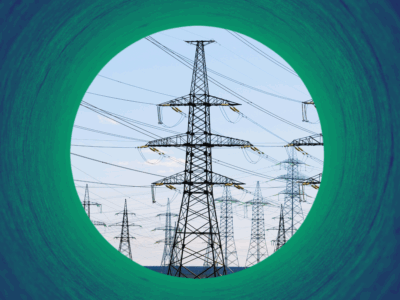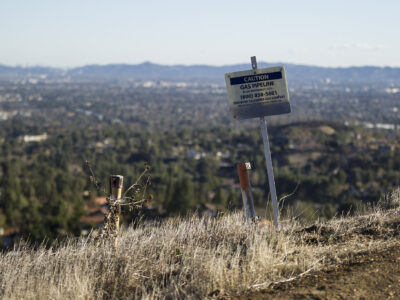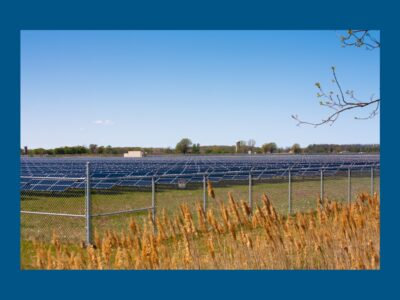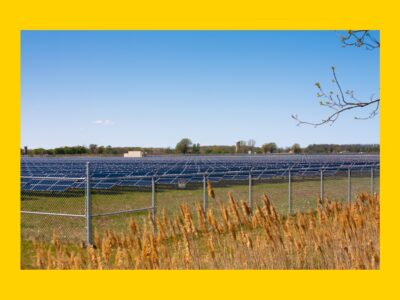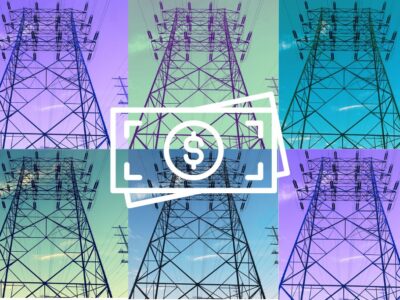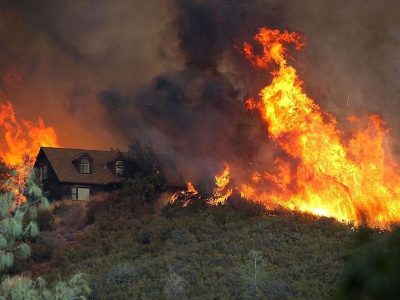CPUC
Can Public Ownership Fix Our Electricity Woes? It’s Complicated
New UCLA report “Power Struggle: California’s Electric Utility Ownership Dilemma” by Sylvie Ashford, Mohit Chhabra, and Ruthie Lazenby
This post is co-authored by Sylvie Ashford and Mohit Chhabra. California’s investor-owned utilities (IOUs) are under intense scrutiny for causing deadly wildfires and charging some of the nation’s highest electricity rates. Adding to these challenges, IOUs are required to make significant clean energy and grid investments to achieve the state’s goal of a net zero …
Continue reading “Can Public Ownership Fix Our Electricity Woes? It’s Complicated”
CONTINUE READINGCalifornia Lawmakers Vote on Energy Affordability Soon
Senate Bill 254 is the most ambitious energy affordability legislation proposed in recent years.
Energy affordability has been a huge focus in Sacramento as the deadline nears for bills to move out of policy committees. Over the past three years, customers of the largest investor-owned electric utilities (IOUs) in the state have seen their rates rise by an average of 5-41%, with nearly one in five households behind on …
Continue reading “California Lawmakers Vote on Energy Affordability Soon”
CONTINUE READINGCPUC Should Set a Date for Closing Aliso Canyon
A proposed decision on the gas facility gives too much deference to SoCalGas regarding the future of gas demand and misses an opportunity to set a clear mandate.
The Aliso Canyon gas storage facility blowout in 2015-16 was the largest methane gas leak in the history of the United States. In addition to the climate effects from the methane leakage — 109,000 metric tons, the equivalent of burning over 1 billion gallons of gasoline — there were tremendous health impacts on neighboring communities …
Continue reading “CPUC Should Set a Date for Closing Aliso Canyon”
CONTINUE READINGCommunity Solar: Compensation
Who gets the money? Compensation mechanisms are where a lot of the power of these programs resides, but naturally, also the debate.
This post is co-written by Naomi Caldwell (J.D. ’24, UCLA School of Law). Two recent posts explored community solar through the lens of its many potential benefits. (Part One on systemwide benefits and Part Two on local and individual benefits.) Today’s post follows the money, exploring community solar compensation mechanisms. The question of who makes …
Continue reading “Community Solar: Compensation”
CONTINUE READINGCommunity Solar: Local and Individual Benefits
Community solar offers a rich case study for how a diverse range of values can be integrated into the traditionally narrow scope of public utility commission decision-making.
Earlier this week, I published a blog post highlighting some of the systemwide benefits community solar programs can provide and exploring considerations for policy design prioritizing each benefit. Today’s post continues that project, this time focusing on several of the benefits community solar can generate at the local or community level and for individual households: …
Continue reading “Community Solar: Local and Individual Benefits”
CONTINUE READINGCommunity Solar: The Systemwide Benefits
The debates over community solar program design are fascinating sites of struggle over which values should drive decision-making.
Electricity regulation has traditionally been defined by a relatively narrow public interest prerogative: ensuring just and reasonable rates for reliable electric service. The call to decarbonize, however, has injected a new diversity of values into the conversation. Transforming the electric power system to reduce greenhouse gas emissions is opening new opportunities to elevate values like …
Continue reading “Community Solar: The Systemwide Benefits”
CONTINUE READINGWe Need a True Debate Over Income-Graduated Fixed Charges
A state bill to cap the fixed charges utilities can collect in California would shut down an important debate about equity and rate design. Here’s a better way forward.
Electricity rate design is unavoidably technical. It also has huge implications for equity, climate change, and ensuring a grid that works. Rate design can be used to promote many different goals, from efficiency to bill stability, but it always entails distributive decisions. Rate design determines how we distribute the costs not just of electricity, but …
Continue reading “We Need a True Debate Over Income-Graduated Fixed Charges”
CONTINUE READINGIncome-Based Electric Bills: Fact and Fiction
California is in the process of making income-graduated fixed rates a part of ratepayers’ electric bills. This is the first post in a series that follows that proceeding.
Under new legislation, California is moving to a novel system that includes income-based fixed charges for electricity. Some critics contend that this is a giveaway to incumbent utilities. It’s not. Others have implied that the charges reflect new costs to ratepayers on top of existing rates. This is also not accurate. There are, however, important …
Continue reading “Income-Based Electric Bills: Fact and Fiction”
CONTINUE READINGGuest Contributor Samantha Zurcher: The Current State of Wildfire Liability in California
Wildfires Are Ravaging California. Can Electric Utilities Take the Heat?
In recent years, California has experienced its largest and deadliest wildfires in history, resulting in hundreds of fatalities and more than $50 billion in damage. The confluence of rising temperatures, less rainfall, and strong winds signal that the annual “wildfire season” is here to stay, and will continue to proliferate. Every year, thousands of Californians …
CONTINUE READINGGuest Bloggers Jennifer Garlock and Michelle Melton: California Enacts Law to Reduce Greenhouse Gas Emissions from Ride-Hailing Companies
Governor Brown Signs SB 1014, Allowing Innovative Approaches to Emissions Reduction
As part of its broader efforts to tackle climate change, California has set its sights on a new, and fast-growing, source of greenhouse gas (GHG) emissions: ride-hailing companies like Uber and Lyft. On September 13, Governor Brown signed SB 1014, making California the first U.S. jurisdiction to require that ride-hailing companies—also known as transportation network …
CONTINUE READING




